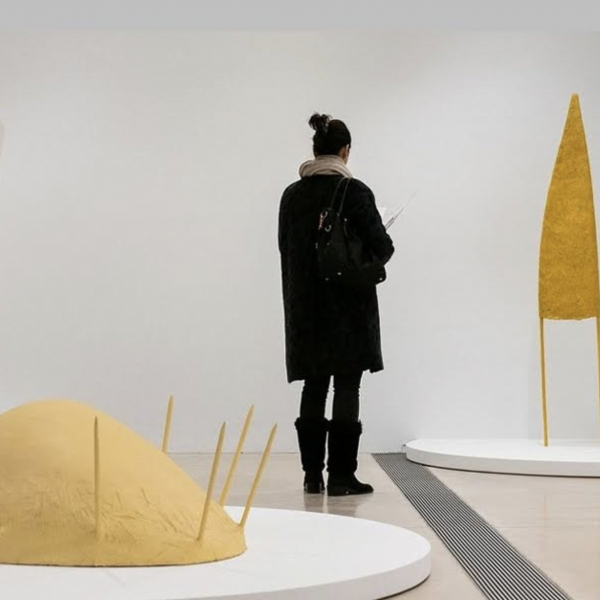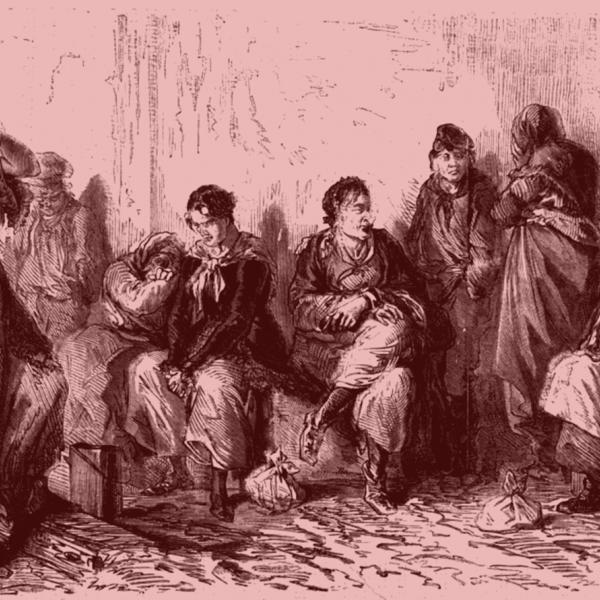FALL 2018 COLLOQUIUM SERIES AND GRADUATE WORKSHOP
On October 2, a dozen graduate students and faculty from departments including English, History, and Women, Gender, and Sexuality Studies came together with Laura Briggs to discuss the precedents in American history for the Trump administration's current policy of separating children from their parents at the border. The paper we read and discussed at the Workshop/Colloquium was entitled "Understanding the Spectacle of Separating Children at the Border: A History." Briggs explained that this draft of the article came from testimony the Washington State Attorney General's Office asked her to give in opposition to the Trump policy. We had a lively discussion about how the theatrical spectacle of childrens' separation from their families has been used to different ends throughout American history. Briggs argues that abolitionists used slave owners' separation of children from their families to show the inhumanity of slavery before the Civil War. In the 1870s the federal government used images of Native American children's "civilization" through education, which required these children to leave their families for months at a time, to gain public support for Indian boarding schools. Briggs uses these two moments to show the complicated, mixed quality of the spectacle surrounding contemporary separation of migrant children from parents seeking refugee status in the United States.




